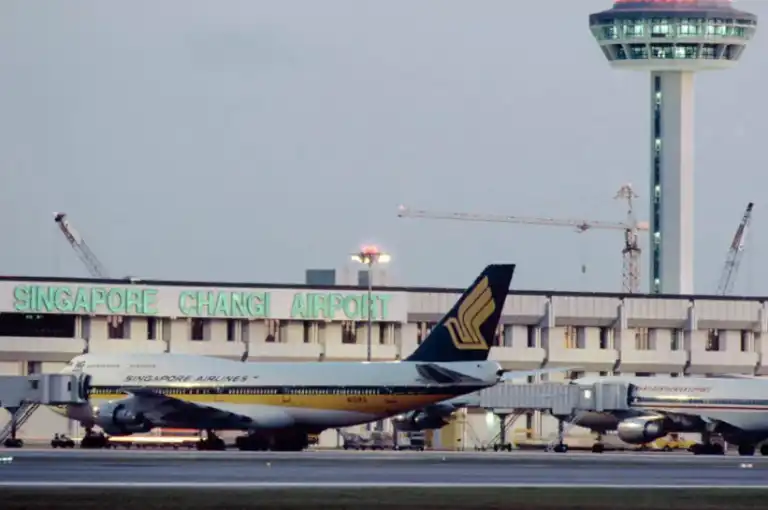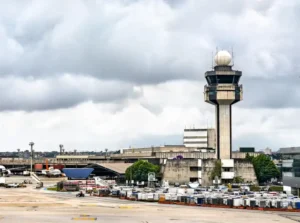“Evolution and Expansion: The Journey of Changi Airport”
Changi Airport, established on June 30, 1981, replaced the former airport located in Paya Lebar. Terminal 1 officially joined the global air movement on July 1st, welcoming its first flight, SQ101, carrying 140 passengers at 07:00hrs. The inaugural departing flight to Penang, Malaysia, took off at 08:00hrs on the same day.

Photo Source: Unknown
Changi Airport, established on June 30, 1981, replaced the former airport located in Paya Lebar. Terminal 1 officially joined the global air movement on July 1st, welcoming its first flight, SQ101, carrying 140 passengers at 07:00hrs. The inaugural departing flight to Penang, Malaysia, took off at 08:00hrs on the same day.
Within about two weeks of its opening, Changi Airport welcomed approximately 250,000 visitors.
In 1986, due to the overwhelming number of passengers, construction commenced on Terminal 2 as Changi Airport surpassed the 10 million passenger mark. By 1988, Changi Airport received its first ‘Best Airport’ award from Business Traveller UK.
By 1990, 52 airlines were operating with 1,900 weekly flights to 111 cities in 52 countries. Terminal 2 was officially opened in 1991 to accommodate the escalating number of passengers.
Changi Airport has since become Asia’s most connected international airport and consistently ranks among the top 10 airports globally.
In 2022, work is set to resume on Changi’s Terminal 5 after a two-year pause, aiming to bolster the country’s aviation capacity as the industry rebounds quicker than anticipated from the Covid-19 pandemic.

The resurgence of international air travel in the first quarter of 2022 has been highly promising for the industry, with experts suggesting a return to pre-Covid-19 levels by 2023, a year earlier than expected.
The government aimed for Changi Airport’s numbers to reach 50% of pre-pandemic levels by the end of 2022, and by May 2022, the figures had already exceeded 40%.
With the recommencement of Terminal 5 construction, it is anticipated to be fully operational by the mid-2030s, coinciding with an anticipated doubling of volume in the next two decades.
Changi Airport is renowned for its unparalleled passenger experiences, synonymous with global connectivity, impeccable efficiency, and unique, thoughtful services. As passenger numbers continue to rise and their needs become more sophisticated, Changi aims to set new standards.
Predictions show an annual increase in footfall of 3-4% over the next 20 years, prompting the development of Changi East. This bold strategy is designed to maintain its competitive edge long-term, featuring a new third runway, one of the world’s largest mega terminals, and a range of new facilities to accommodate the growing passenger demand.











